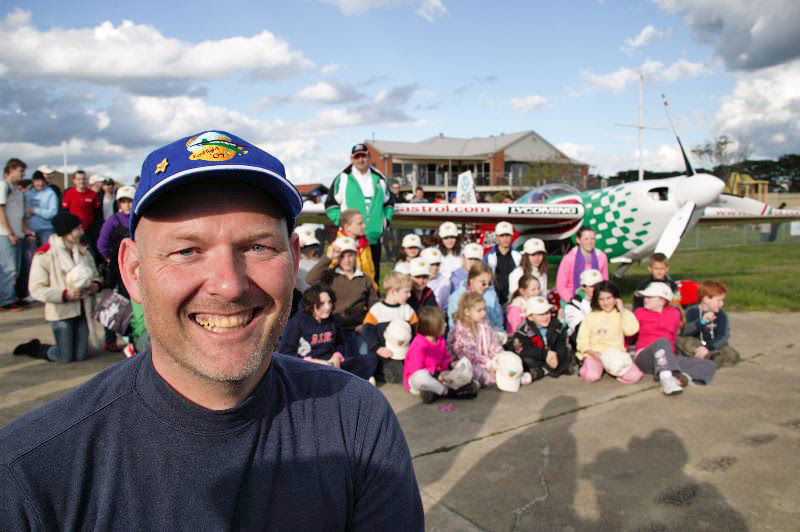This is Michel
- Michel Verheem

- Jun 15
- 3 min read
Michèl Verheem – Finding My Direction by Questioning Theirs
I get lost easily. That might sound strange coming from someone who built a career around wayfinding—but for me, it’s actually an advantage. It means I can step into the shoes of the people who need our support the most. The people who are confused, overwhelmed, in a rush, in pain. I’ve been there. I am there, often. That lived experience has shaped everything I do.

I started out in a signage company in the Netherlands in the 1980s. We worked on production for some of the country’s top design firms, turning their wayfinding concepts into physical systems. I was young, curious, and full of questions. Mostly one question: Why this way? Why that sign there? Why this terminology? Why this route over that one? The designers couldn’t really explain. It looked good. That was enough.
But it wasn’t enough for me.
It wasn’t until years later, while sitting in a marketing lecture, that something clicked. A panel of psychologists spoke about behaviour and perception, and one of them—an Environmental Psychologist—described the science of people in space. How environments affect how we think, feel, act. That was it. The missing piece. The thing I’d been sensing but hadn’t had a name for. From that moment, I started reading everything I could find on people, behaviour, and the built environment. I was hooked.

In 1998, I took a break. A big one. I got on my motorbike in Australia and rode for 13 months, eventually arriving back in the Netherlands. Along the way, I crossed countries and cultures, spending days listening to different perspectives—learning how people from different backgrounds, with different languages and habits, move, interpret, communicate. It was a crash course in human behaviour and difference, and it taught me how to read between the lines—in both signage and in people.
By the time I launched ID-LAB in 2006, I had one clear goal: to bring strategic thinking into a field still obsessed with signage hardware. Everyone was still oo-ing and ah-ing over finishes. I wanted to talk about legibility, behaviour, flow, identity, clarity. To stop designing in isolation and start thinking in systems. You could say I put wayfinding—in the truest sense of the word—on the map. And yes, that’s a terrible pun, but I’m well known for my terrible puns.

Since then, ID-LAB has grown into one of the most respected wayfinding consultancies in Australia. We began working internationally with projects in Canada and Vietnam, followed by New Zealand, Papua New Guinea, Belgium, the Netherlands, France, and the UK. The work expanded, the team evolved, and eventually, the name no longer matched what we did. So we changed direction again—new name, clearer focus, broader scope. Humanics Collective is our next chapter.
These days, I spend less time 'on the tools'—most of the hands-on work is done by my brilliant colleagues. I help create the conditions where they perform at their best: collaborating, learning, guiding, mentoring.
I still have trouble finding my way out of a shopping centre. But that’s part of the point. My lived experience—of being confused, of questioning, of listening—is what led me here. And it’s what keeps me doing this work. Still curious. Still asking why. Still finding better ways for people to move through the world.


























